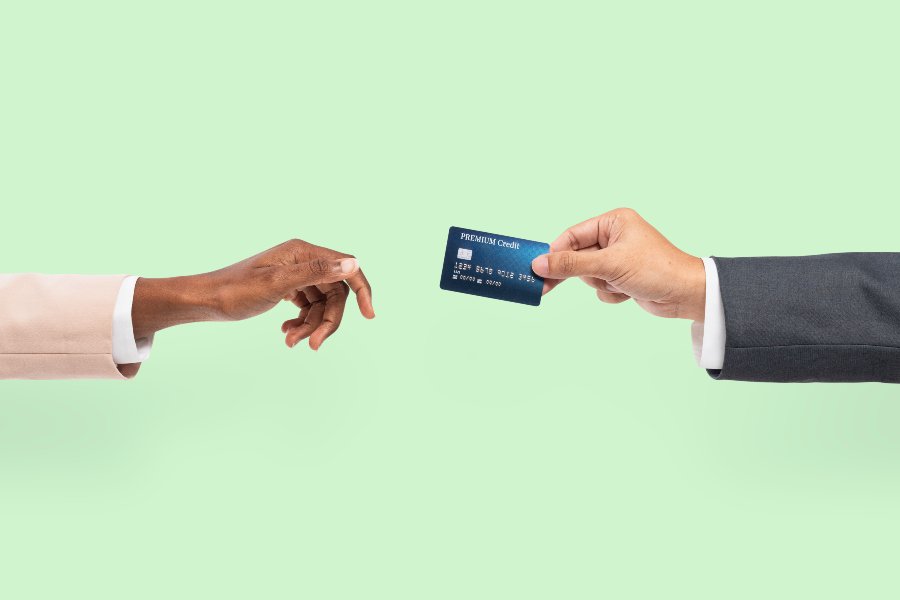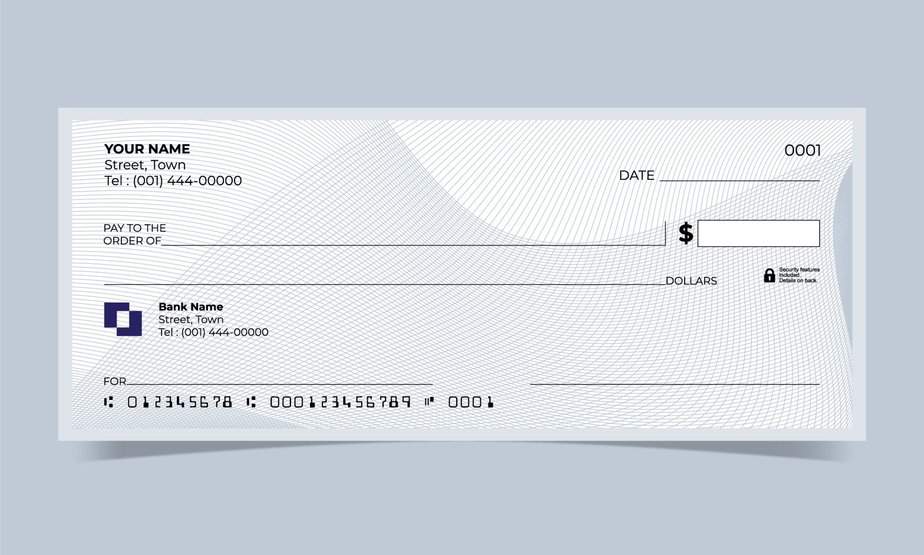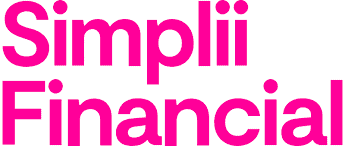A certified cheque is a cheque that comes with a guarantee from the bank issuing it, making it a more secure form of payment for large transactions. While this form of payment is becoming less common in Canada, there are still nearly a billion cheques issued in Canada every year.
If you want to learn more about the advantages of certified cheques and how to obtain and use them, this article outlines everything you need to know.
How Do Certified Cheques Work?
Certified cheques are often used in large transactions, such as house or car purchases. These require a higher degree of security and proof that payment will be completed. A certified cheque not only assures the payee of the payment but also adds a layer of protection for the payer by creating a paper trail.
Certified cheques work through bank verification. You need to request a certified cheque from your bank, which verifies that you have the necessary funds and sets these funds aside to cover the cheque until it is cashed or deposited. The bank also validates your signature and stamps your cheque to prove that it is certified.
What’s The Difference Between Certified Cheques And Regular Cheques?
While both certified cheques and regular cheques are means of payment, there are some key differences between them:
A regular cheque is a written order from an account holder instructing their bank to pay a specified amount from their account into someone else’s account. The funds for a regular cheque are not guaranteed by the bank, and if the account holder doesn’t have sufficient funds the cheque will bounce when presented for payment.
A certified cheque is a type of cheque for which the bank verifies that there are sufficient funds in the account, and those funds are set aside specifically for that cheque. Unlike a regular cheque, the funds for a certified cheque are withdrawn from your account immediately when the cheque is issued. This means that once the cheque is written, the funds are guaranteed by the bank and will be paid when the cheque is cashed.
When Do You Use A Certified Cheque?
Outside of being used for significant transactions that require a secure form of payment, certified cheques are also useful in cases where the payer and payee do not know each other well. In such a situation, a certified cheque can reassure the payee that the payer has the funds necessary to cover the cheque. A common example of this situation is online payment.
Certified cheques can also be useful in situations where a regular cheque would take too long to clear. Since the funds are set aside immediately, a certified cheque can be cashed or deposited right after it is issued, making it a faster payment method than a regular cheque.
How To Get A Certified Cheque
To obtain a certified cheque, contact your bank or go to your bank and request one. You will need to provide your bank with the following:
- The name of the payee.
- The amount for the cheque.
- Your account number.
- Some form of identification.
Once the bank has verified your account and the funds, they will print the certified cheque and stamp it to indicate its certified status. Your bank may charge a fee for this service, but this varies from bank to bank.
How to cash a certified cheque:
Once your payee has the cheque, they will need to cash it. They can do this by signing the back of the cheque, providing a form of identification, and then waiting for the bank to verify the cheque to ensure everything is in order. It’s important to note that while a certified cheque is guaranteed to clear, it can still be reversed if it is found to be fraudulent.
The Potential Risks And Disadvantages Of Certified Cheques
While certified cheques offer many advantages, there are also some potential risks and disadvantages to consider. The main ones to consider are listed below:
- Cost. Many banks charge a fee for issuing certified cheques, and these fees can add up if you use certified cheques regularly. The typical fee for certified cheques in Canada is $10 to $20 per cheque.
- Limited access to funds if transactions fall through. If you wish to withdraw from your side of a payment, you will not have immediate access to the funds put aside for your certified cheque. You may have to wait for the cheque to be returned before gaining access to your funds.
- Risk of fraud. Because certified cheques are considered such a secure form of payment, fake certified cheques are often used to scam people.
To learn more about certified cheque fraud and how to protect yourself from it, read the following section.
How To Avoid Certified Cheque Fraud
Unfortunately, certified cheque fraud is a common scam. Fraudsters create fake certified cheques and use them to purchase goods or services. Once the cheque is cashed and the goods or services have been provided, the cheque is returned as fraudulent, leaving the bank or payee to cover the costs.
One way to protect yourself is to look out for red flags, such as the following:
- Cheques for more than the agreed-upon amount. Scammers may ask you to send the excess funds back to them when they never sent you any money to begin with.
- Cheques from overseas or an unfamiliar bank. These are often used in scams because they are harder to verify.
- It seems too good to be true. If someone is offering to pay much more for something, be wary. Any reasonable person would not pay more than an agreed-upon price for a service.
- The payer wants to rush the transaction. Unless there is a logical reason for a payment to go through quickly, someone trying to rush a transaction may be a red flag.
What Happens If You Try To Cash A Fraudulent Cheque?
Banks have a responsibility to protect their customers from fraud. They do this by verifying a customer’s identity and checking for tampering. If the bank’s procedures fail they will bear the cost of a fraudulent cheque.
Conclusion
In a world moving steadily away from cheques as payment, certified cheques represent a secure and reliable form of payment. While this payment method is ideal for large transactions that require high levels of confidence in the reliability of the payer, certified cheques come with their own set of risks and fees. It’s important to be aware of the associated risks such as potential fraud whenever you issue or try to cash a certified cheque, and to use this method with discretion.






